Hypoallergenic Properties: Silk vs. Synthetic Bedding — What Truly Helps You Breathe Easier
Chosen theme: Hypoallergenic Properties: Silk vs. Synthetic Bedding. Explore how fiber science, care habits, and real-life experiences shape nighttime comfort for sensitive sleepers. Share your experiences, ask questions, and subscribe for more evidence-guided sleep insights.

Reduction, Not Elimination
Hypoallergenic bedding aims to minimize contact with common triggers like dust mites and pet dander, rather than promising zero allergens. Share which strategies—material choice, washing frequency, or encasements—made the biggest difference for your breathing and morning comfort.
The Usual Suspects
Bedroom allergens often include dust mites thriving in humidity, pet dander clinging to fibers, mold spores in damp spaces, and residual chemicals from manufacturing. Comment with your top triggers so we can tailor future guides and product checklists around your realities.
How Fabric Structure Shapes Exposure
Fiber smoothness, pore size, and electrostatic behavior affect how particles settle or release during sleep and washing. Weigh in: have you noticed fewer morning sniffles with silk’s sleek surface or with synthetics that tolerate hotter, more frequent laundering cycles?
Silk’s Natural Strengths—and Its Sensitivities
Silk’s fine, smooth filaments create fewer nooks where dust can lodge compared to fuzzier textiles. Many sleepers report calmer skin and less friction on cheeks. Tell us if a silk pillowcase eased morning redness, and how it compared to your previous fabric.
Synthetics: Workhorse Convenience or Allergen Catcher?
Static and Particle Attraction
Microfibers can build static that attracts dust and dander, and dense surfaces may trap fine particles between washes. If you use synthetics, have anti-static sprays, dryer balls, or humidifiers helped reduce cling? Share tactics that kept nighttime symptoms calmer.
High-Heat Washing Advantage
Unlike silk, many synthetic items tolerate hot cycles that reduce mite loads and wash out allergens more aggressively. Do you notice clearer sinuses after weekly hot washes? Tell us your temperature settings, detergent choices, and whether you add an extra rinse.
Off-Gassing and Chemical Sensitivity
Some synthetics may release odors from finishes or manufacturing residues. Choose low-VOC, third-party certified products and air them out. If you are odor-sensitive, did certified synthetics or longer pre-airing periods make a measurable difference for your sleep quality?
Stories from Real Sleepers: Small Tweaks, Big Relief
Emma swapped to a silk pillowcase during an eczema flare. The smooth surface reduced cheek friction and morning irritation, though she still used a mite-proof case on her pillow. She invites you to share whether silk soothed your skin without worsening congestion.
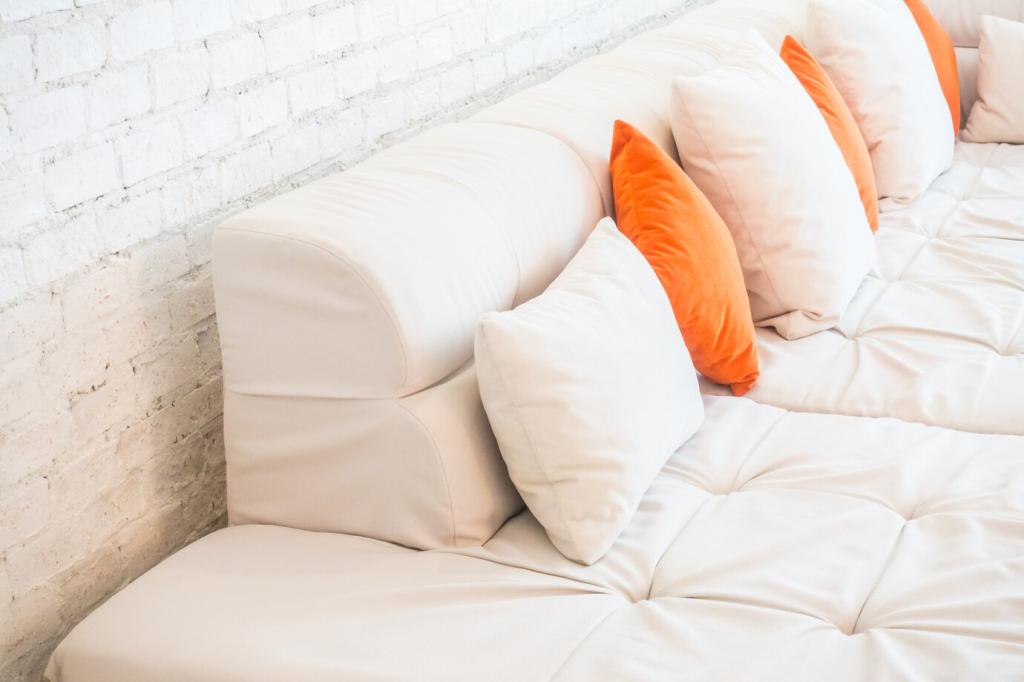
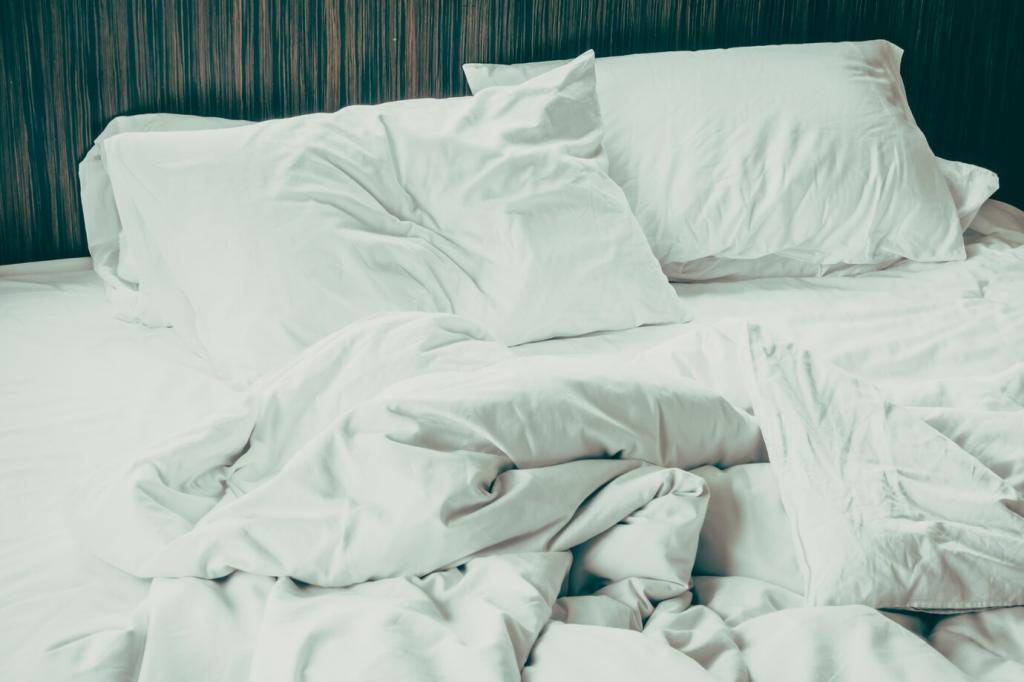
Stories from Real Sleepers: Small Tweaks, Big Relief
Daniel struggled with dust-mite allergies. A synthetic microfiber duvet that tolerated weekly hot washes noticeably cut his morning sneezes. He asks: have higher temperatures and frequent laundering trumped fiber type for you, or did fabric feel and breathability matter more?
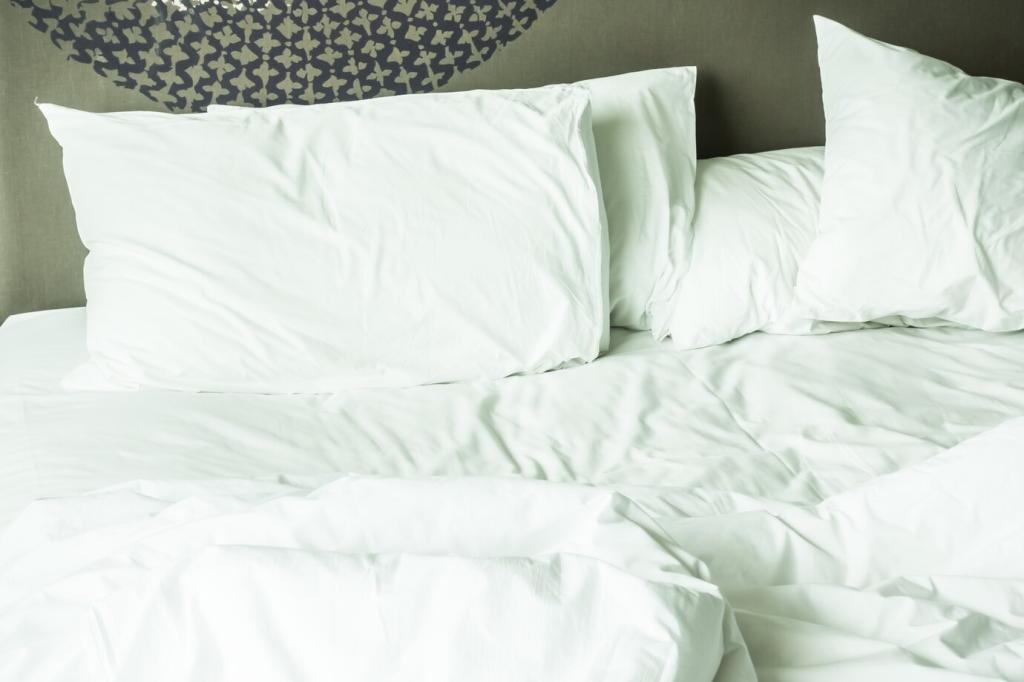
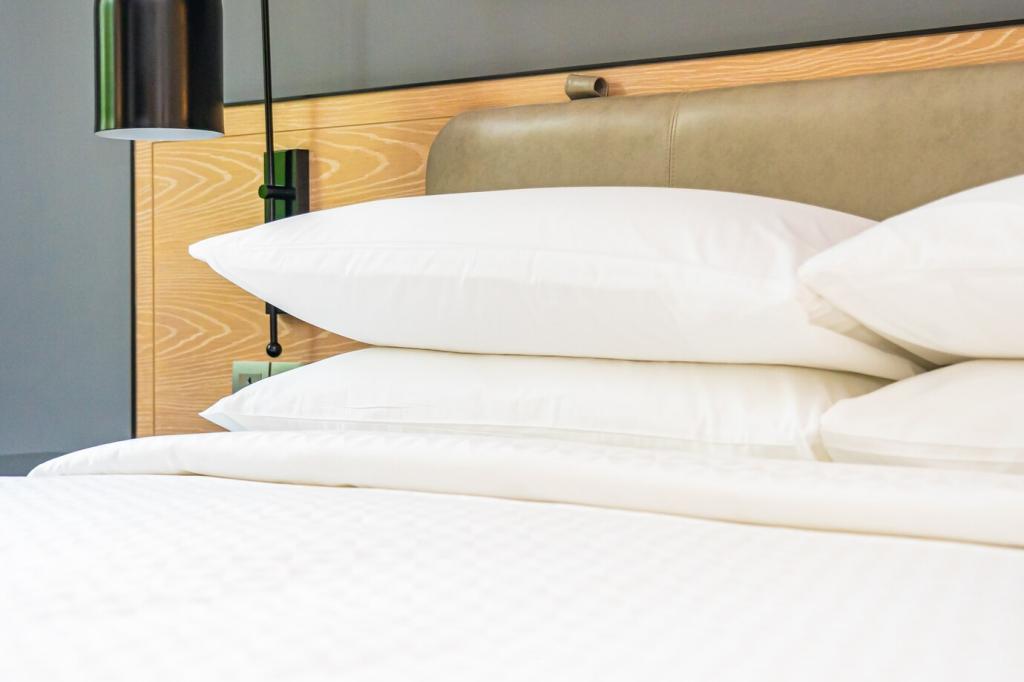
Care Routines That Beat Allergens
For synthetics, aim weekly hot washes when labels allow. For silk, use gentle, cooler cycles and mild detergent, then sun or airflow dry. How do you balance meticulous hygiene with fabric longevity, and which cadence keeps your symptoms in check long term?
Care Routines That Beat Allergens
Use allergen-proof encasements on pillows and mattresses to block mites, then layer your preferred surface feel—silk for skin comfort or synthetics for washability. Have zippered encasements transformed your mornings? Share brands, pore sizes, and installation tips that truly worked.
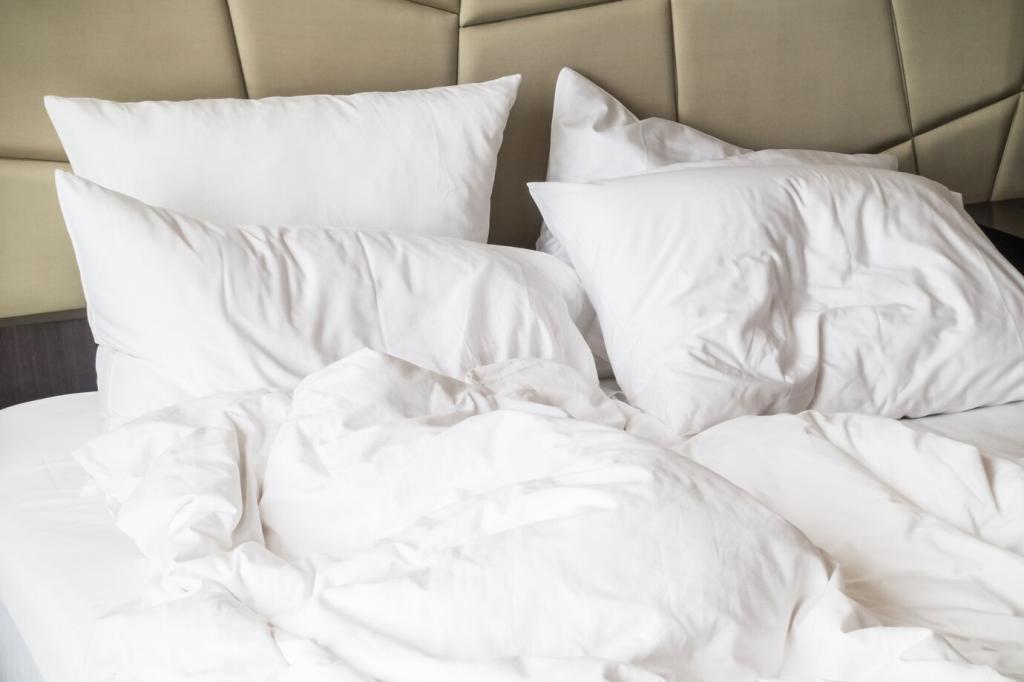
Look for OEKO-TEX Standard 100 or similar for both silk and synthetics, and low-VOC claims for odor sensitivity. For silk, consider momme weight (19–25+ for durability). For synthetics, review GSM and washing limits. Which marks have actually aligned with comfort?
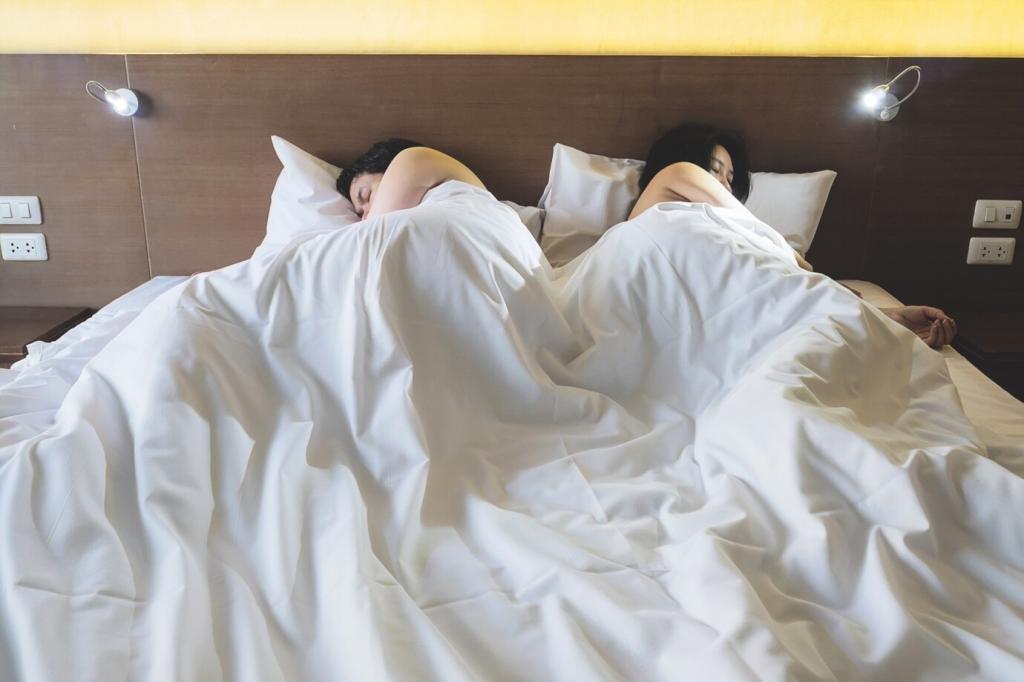
If policies allow, trial different pillowcases or duvet covers for two weeks, noting congestion, itch, and sleep quality. Patch-test if sensitive. Have generous return windows or sample programs helped you discover a reliable, hypoallergenic sweet spot without overspending?
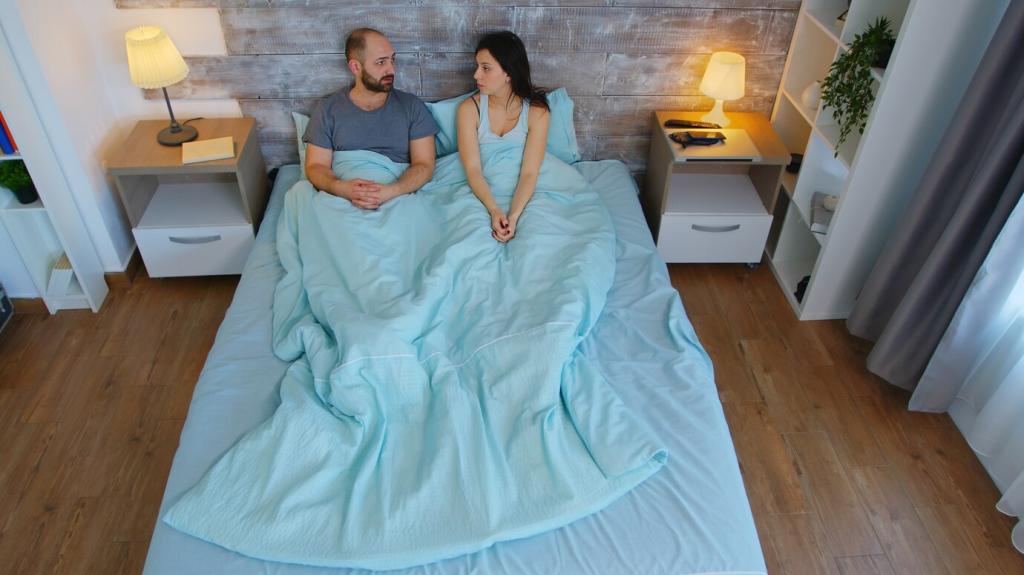
Silk offers luxurious feel and skin comfort but needs gentler care; synthetics excel in durability and hot washing. Consider lifespan, upkeep time, and energy use. What balance of upfront cost and maintenance yielded the best long-term relief for your household?
Match Fiber to Your Triggers
If dust mites dominate, hot-washable synthetics plus encasements may excel. If friction and redness bother you, silk’s smoothness can help. Which specific symptoms drive your choice—congestion, itch, odor sensitivity— and how do different fabrics shift those outcomes for you?
Comfort Versus Maintenance
Silk feels cool and gentle but requires delicate care; synthetics tolerate frequent, hotter laundering that fights allergens aggressively. How much time can you realistically devote to care? Be honest, and tell us the routine you can sustain week after week.
Hybrid Approaches That Win
Many pair silk pillowcases for skin comfort with synthetic duvets for high-heat washing. Others use silk sheets under synthetic-protected pillows and mattresses. Describe the blend that finally delivered quieter mornings, and subscribe for deeper dives into materials and maintenance science.
